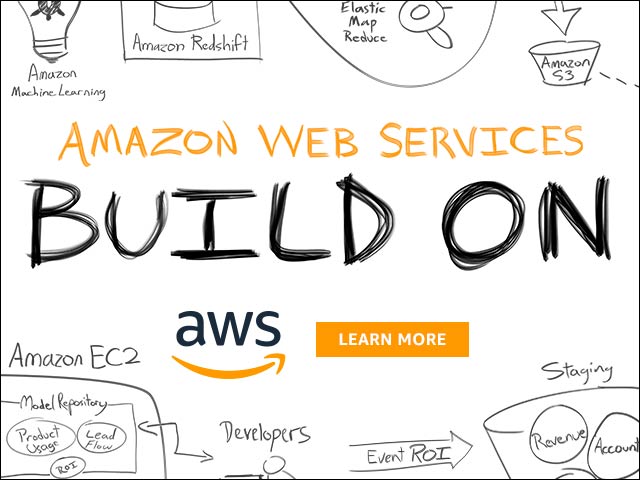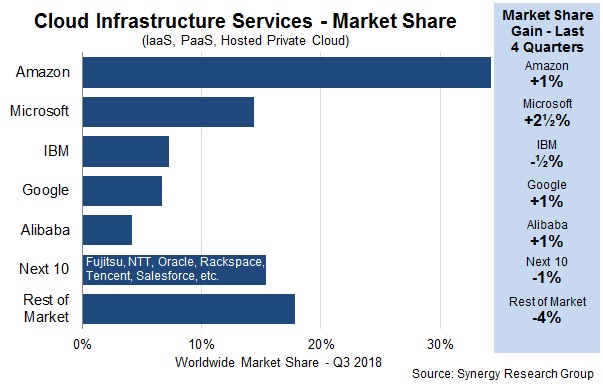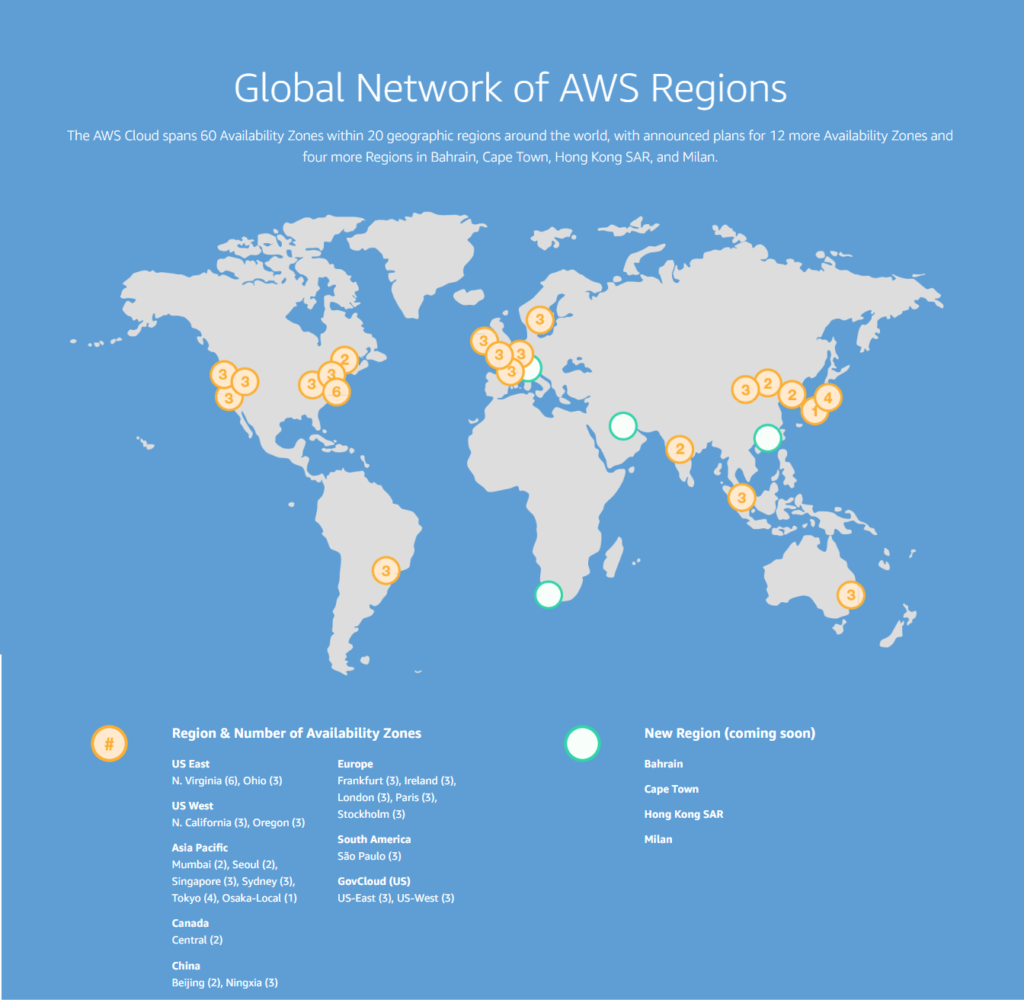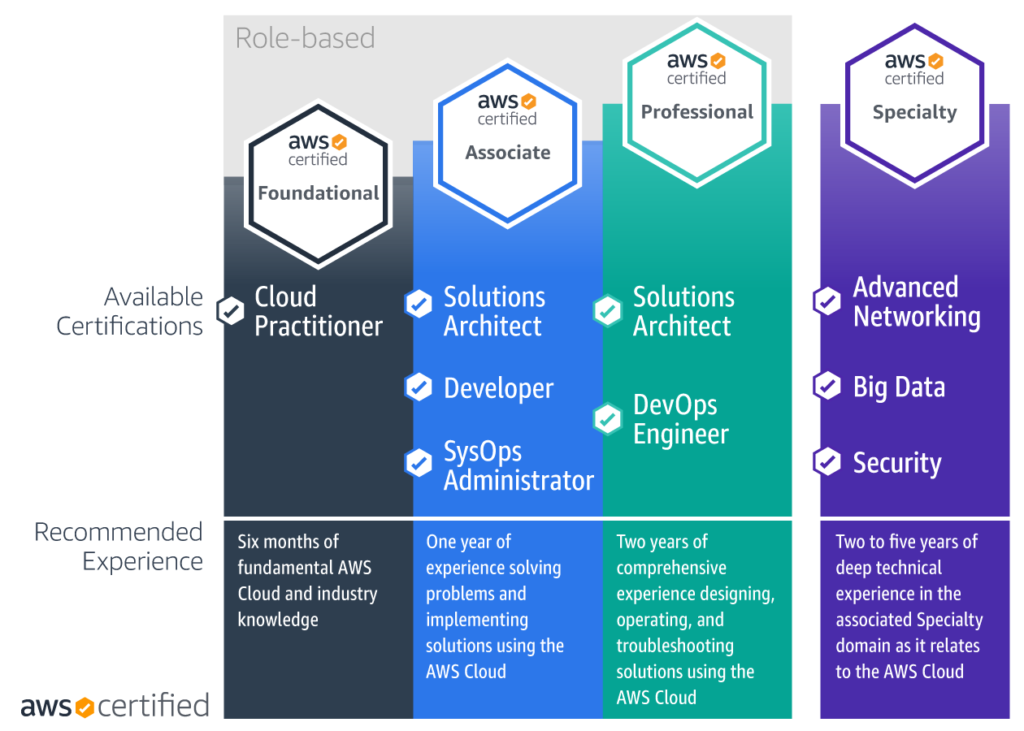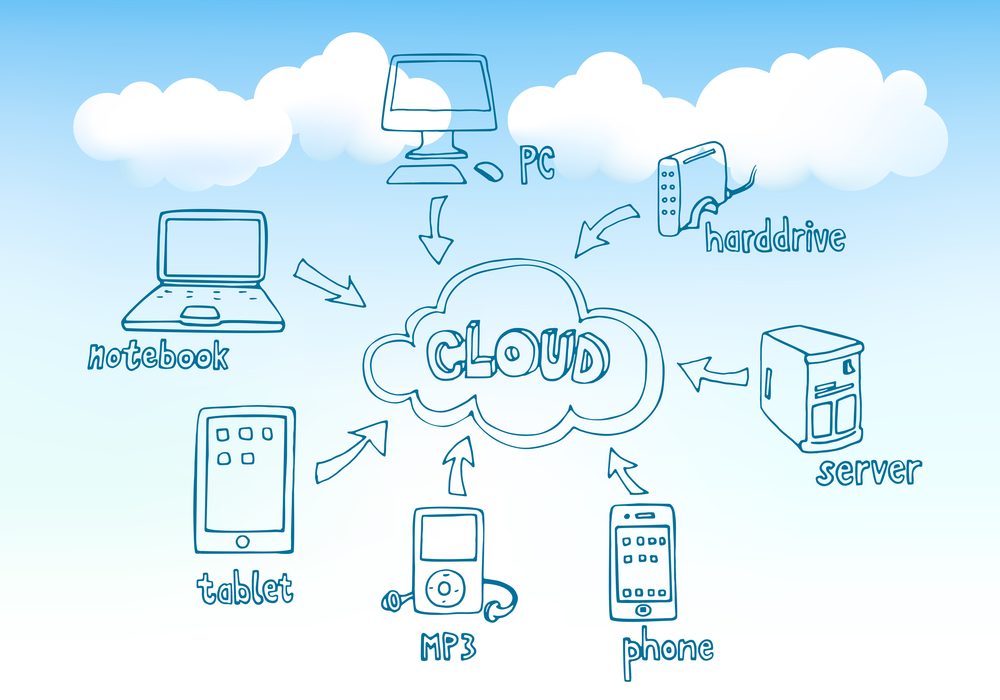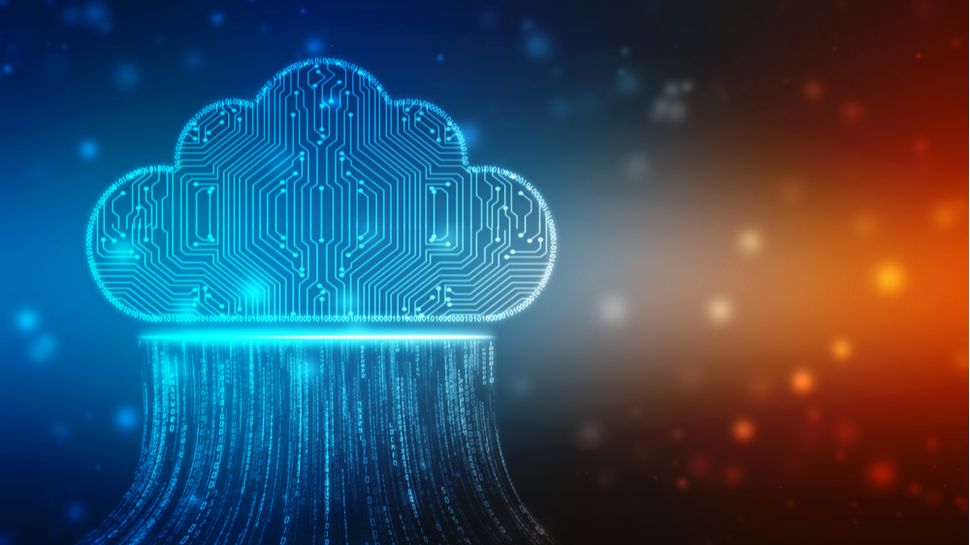Amazon Web Services, also known as AWS, is a cloud computing platform launched by Amazon.com, Inc. in March 2006. Amazon Web Service offers several cloud-based products including compute power, storage, database, analytics, networking, mobile, developer tools, management tools, IoT, security, Robotics, media services and enterprise applications.
Amazon web service was officially launched on March 14, 2006, after several years of development. In 2003, Amazon employees Benjamin Black and Chris Pinkham wrote a short paper that outlined a vision “for Amazon infrastructure that was completely standardized, completely automated, and relied extensively on web services for things like storage.”
Amazon CEO Jeff Bezos signed off on the idea in early 2004, allowing
Chris Pinkham and his team to develop Elastic Compute Cloud (virtual machines as a service), which was one of the first products to be launched by AWS in 2006.
AWS: World’s number one IaaS provider
Amazon Web Services is the world’s number one infrastructure as a service provider with 34% market share. Amazon Web Services holds a dominating position in the global infrastructure market as their market share is more than the combined market share of the next four players, Microsoft, IBM, Google, and Alibaba.
Despite being the largest player in the segment, Amazon Web Services increased it market share by 1% between Q3-2017 and Q3-2018.
In the last four quarters, between Q3-17 to Q3-18, Amazon Web Services reported revenue of $23.34 billion, which was second only to Microsoft’s cloud revenue during the period.
| Period | Net Sales | Operating Income | Operting Margin |
| Q3-18 | 6,679 | 2,077 | 31.10% |
| Q2-18 | 6,105 | 1,642 | 26.90% |
| Q1-18 | 5,442 | 1,400 | 25.73% |
| Q4-17 | 5,113 | 1,354 | 26.48% |
| Total | 23,339 | 6,473 | 27.73% |
AWS: Availablity
Amazon Web Services provides services from a growing network of data centers spread across the world. Amazon classifies its infrastructure network as regions and availability zones.
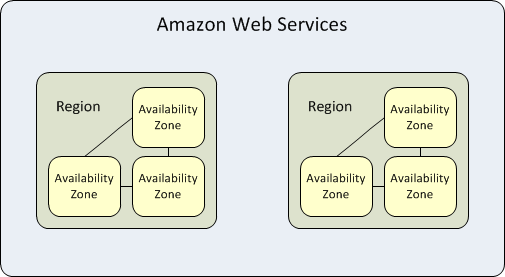
Regions and Zones
AWS Regions provide multiple, physically separated and isolated Availability Zones which are connected with low latency, high throughput, and highly redundant networking.
AWS Global Infrastructure has 60 Availability Zones spread within 20 geographic regions. The company has announced plans to add 12 more availability Zones and 4 new AWS Regions in Bahrain, Cape Town, Hong Kong SAR, and Milan.
Region & Number of Availability Zones
| Region | Zone | Availablity Zones |
| US East | N. Virginia | 6 |
| US East | Ohio | 3 |
| US West | N. California | 3 |
| US West | Oregon | 3 |
| Asia Pacific | Mumbai | 2 |
| Asia Pacific | Seoul | 2 |
| Asia Pacific | Singapore | 3 |
| Asia Pacific | Sydney | 3 |
| Asia Pacific | Tokyo | 4 |
| Asia Pacific | Osaka-Local | 1 |
| Canada | Central | 2 |
| China | Beijing | 2 |
| China | Ningxia | 3 |
| Europe | Frankfurt | 3 |
| Europe | Ireland | 3 |
| Europe | London | 3 |
| Europe | Paris | 3 |
| Europe | Stockholm | 3 |
| South America | São Paulo | 3 |
| GovCloud | US-East | 3 |
| GovCloud | US-West | 3 |
To reduce latency, Amazon operates a global network of 160 Points of Presence, which includes 149 Edge Locations and 11 Regional Edge Caches in 65 cities across 29 countries. You can check the full list of locations here
AWS: Pricing
Similar to other Cloud Service Providers like Microsoft, IBM and Google, AWS follows the industry standard of usage-based pricing.
AWS offers you a pay-as-you-go approach for pricing for over 120 cloud services. With AWS you pay only for the individual services you need, for as long as you use them, and without requiring long-term contracts or complex licensing. AWS pricing is similar to how you pay for utilities like water and electricity. You only pay for the services you consume, and once you stop using them, there are no additional costs or termination fees. – AWS
AWS offers steep discounts for customers who reserve their infrastructure over a long term. Though this will require customers to make a large upfront payment, in some cases reseravation reduces price by up to 75%.
You can estimate your monthly bill using AWS Simple Monthly Calculator. To calculate savings from using AWS and comparing against on-premise and co-location environment please use AWS TCO Calculator
 Amazon Web Services offers free tiers on several products, available for 12 months after signup. Free tier on some products such as Amazon Dynamo DB, Amazon Cognito, Code Commit, Cloudwatch does not automatically expire when AWS Free Tier term ends after 12 months. You can check the full list of AWS Free Tier (Non-expiring Offers) here
Amazon Web Services offers free tiers on several products, available for 12 months after signup. Free tier on some products such as Amazon Dynamo DB, Amazon Cognito, Code Commit, Cloudwatch does not automatically expire when AWS Free Tier term ends after 12 months. You can check the full list of AWS Free Tier (Non-expiring Offers) here
AWS: Training and Certification
Amazon offers role-based certifications in several areas including Cloud Practitioner, Architect, Developer, and Operations roles, and specialty certifications that will validate advanced skills in specific technical areas.
Participants can take online courses or join classroom training taught by accredited AWS instructors.
As of January 2019, AWS offers the following exams. Please visit AWS for more details on exams, certifications, and training.
-
AWS Certified Cloud Practitioner
-
AWS Certified Solutions Architect – Associate
-
AWS Certified Developer – Associate
-
AWS Certified SysOps Administrator – Associate
-
AWS Certified Solutions Architect – Professional
-
AWS Certified DevOps Engineer – Professional
-
AWS Certified Security – Specialty
-
AWS Certified Big Data – Specialty
-
AWS Certified Advanced Networking – Specialty
AWS Competition:
Amazon Web Services has several large scale and small niche competitors like Microsoft, GCP, Oracle, IBM, and Snowflake etc.,
Because of the stiff competition at the top, you’ll see identical pricing, price match offers, and similar services offered by the top five cloud providers.
